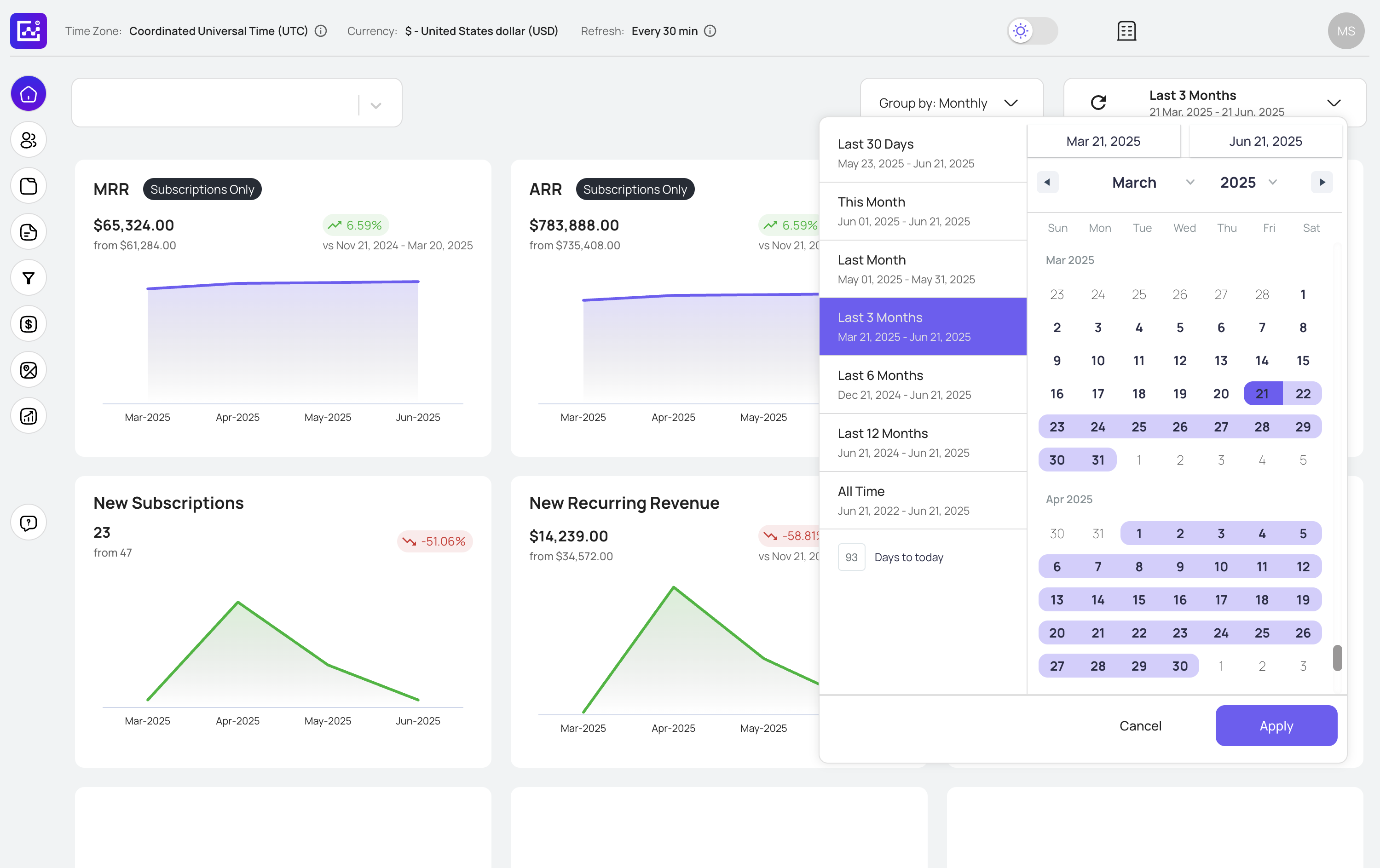How to Use MRR Calculations for SaaS Business Decisions
MRR calculations are powerful tools for subscription business analysis, investor reporting, and strategic planning. Learn how to apply these metrics in real situations where they actually matter for your SaaS growth.
Most SaaS founders track MRR but never use it properly for decision-making. These practical applications show you exactly when and how to use MRR metrics to get better results from your subscription business planning efforts.
Investor Reporting
Use MRR as the primary metric for investor updates and fundraising conversations. Investors want to see consistent MRR growth because it demonstrates predictable revenue and business health. Track MRR growth rate month-over-month and show trend lines that prove your business model is working. This single metric tells investors more about your traction than vanity metrics like user signups or page views ever could.
Churn Management
Monitor how churn impacts your MRR to understand the real cost of losing customers. A 5% monthly churn rate might sound small, but it means losing significant MRR over time. Use MRR churn calculations to justify investments in customer success, retention programs, and product improvements. When you see exactly how much revenue you're losing each month, it becomes easier to make the case for retention initiatives that actually work.
Pricing Strategy
Use MRR per customer (ARPU) to evaluate pricing changes and upsell effectiveness. When you increase prices or add new tiers, track how it affects overall MRR and average revenue per customer. This helps you identify which pricing changes actually drive revenue growth versus those that cause more churn than they're worth. Make data-driven pricing decisions instead of guessing what customers will pay.
Cash Flow Planning
Project future cash flow based on MRR trends to make smarter hiring and spending decisions. Knowing your MRR trajectory helps you understand when you can afford to hire that next developer or increase marketing spend. Use conservative MRR growth projections to ensure you're not overspending based on optimistic assumptions. This prevents the cash flow problems that kill many otherwise promising SaaS companies.


